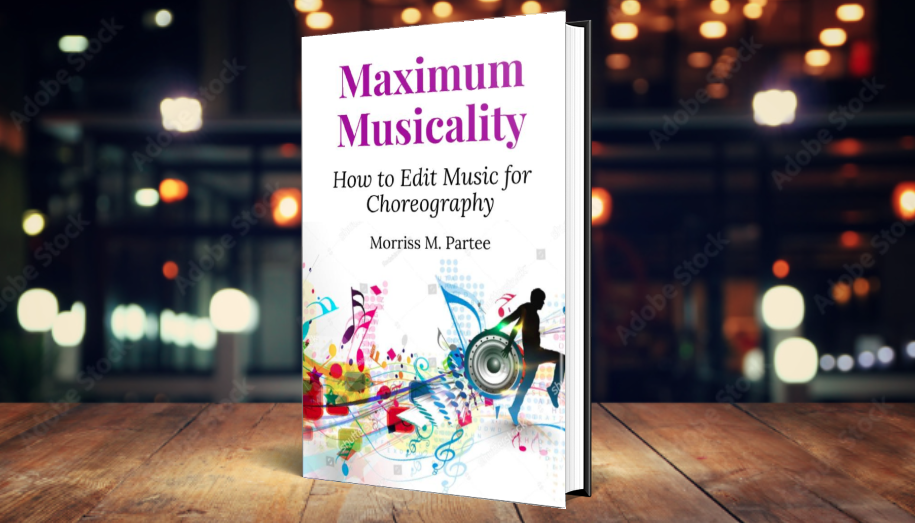If you edit, cut or remix music for dance, gymnastics, figure skaters, vocalists or any other purpose, this is perhaps the most important article you can read on the subject.
What’s the Plan, Stan?
Most music has a structure… a road map that that takes the listener on a journey from point A to point B with several interesting stops along the way. While music is auditory, if you were to visualize the journey by breaking a song down into its component pieces, you would see something like this:

While many songs have variations on this theme, this graph is nonetheless a useful starting point in visualizing or understanding the structure of a song, including intro, verses (purple), choruses (blue), and almost always some type of bridge section (green).
Music editors who don’t pay attention to the structure of music typically make the minimum number of edits, or cuts, to get the music down from, say, four minutes, to the required routine length, which is usually three minutes, two and a half minutes, or two minutes. What usually ends up happening is that a fade-out is thrown onto music wherever the time limit occurs. If you were to visualize the resulting song structure, you’d see something like this:

While there is nothing “wrong” with this picture per se, it does not have as powerful an impact as the original song. It doesn’t feel complete, and the overall “shape” of the journey is now lacking.
In addition, we’ve now lost the bridge entirely. The variety from the original song is gone. Musically speaking, the bridge is often the most interesting part of the song and the emotional peak of intensity is often in the bridge.
When the structure is “chopped off” as shown above, instead of visiting three different regions, we’ve now visited the same two regions two times. This type of repetition does not lend itself well to the linear nature of dance choreography. The other problem with this edit is that we’ve also lost the ending. The audience is left hanging because the routine never reaches a conclusion.
So in order to maximize artistic integrity of the song AND meet the linear requirements of dance choreography, music should be edited and remixed in order to retain the maximum amount of interest in moving from point A to point B, taking the audience on a journey, stopping off at scenic points of interest along the way, before finally ending up at the destination.
In almost all cases, retaining the bridge section of a song improves the result of the song editing process. This is because in dance choreography, there are rarely repeated movements. In dance choreography, there is almost always a linear progression that evolves from the beginning to end of a routine, without the repeating verse/chorus/verse/chorus patterns you find in music. Most dance routines consist of a linear series of moves that flow, one after another after another.
A song will match up better with dance choreography if it “keeps moving” from one musical idea to the next. Instead of chopping down a song as if it were a tree, giving it a verse/chorus/verse/chorus pattern, you give yourself, as dance choreographer, more musical variety and movement if you edit the song to follow a verse/chorus/bridge/chorus format.
Here is the same song structure as the first graph, but edited to retain the integrity of the original, including the bridge. Note how the shape of emotional intensity is still a journey that builds up, goes over the mountain top of the bridge, before finally coming to rest with the closing chorus and ending:

Note that the intro has been shortened, as has the final chorus. In this chart, I’ve indicated Chorus 1 and 2 as combined; there are many ways to handle this depending on the nature of the song’s chorus arrangement.
By understanding a song’s structure and retaining the overall feel and variety of it, you can make a remix or edit of that song and still leave the audience feeling satisfied with the journey, even though the trip took less time.
If you are a dance choreographer looking to give your students the best music possible for the choreography you are going to teach them, have your music remixed by a professional ahead of time so that he or she can retain the structure. While I am happy to “smooth” out choppy or incorrectly timed edits, even after the routine has already been rehearsed, you’ll be giving your students the best music and routine possible if you start with a solid musical foundation, and that means getting the structure right, from the beginning.
If you prefer to have a professional edit or remix your music, here’s my Request Form.
Also see: How To Avoid Awkward Fadeouts for another article on this subject, complete with sample edited waveforms.



